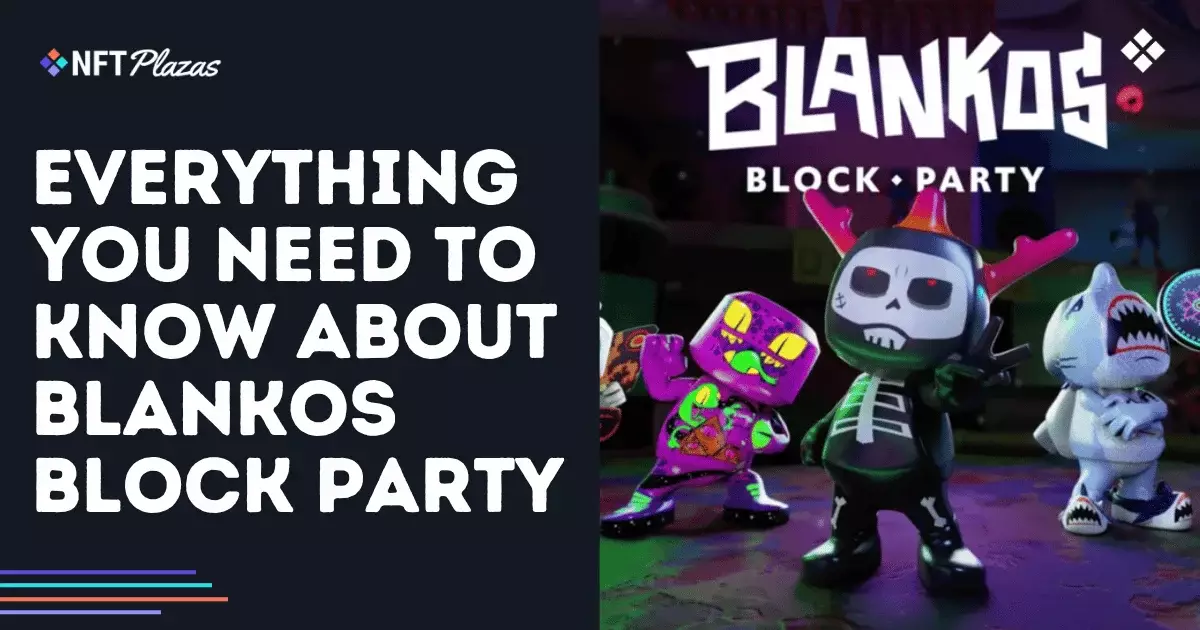In recent years, blockchain gaming has promised to revolutionize the way players interact with digital content by championing true ownership and creator-driven economies. Titles like Blankos Block Party exemplify this vision—they introduce collectible, customizable avatars owned via NFTs, proposing a future where players are also stakeholders. However, underneath this glossy veneer lies a fragile foundation. The core premise—that blockchain can empower players with genuine property rights—remains riddled with contradictions and unrealistic expectations. Despite the hype, most users engage with these assets using fiat currency, and the blockchain layer functions more as a convenient ledger than as a robust system of ownership. The attempt to blur the lines between gaming and decentralization often results in a superficial layer of blockchain added to games primarily designed for traditional markets. This dissonance arguably compromises the core gaming experience, reducing it to a thin veneer that capitalizes on speculation rather than meaningful ownership or community building.
The Commercial Myopia of Industry Veterans
Mythical Games’ Blankos initially seemed positioned to pioneer a shift towards a more open, player-centered digital economy. Yet, a closer look reveals that many of its decisions were driven more by industry connections and marketing opportunities than genuine innovation. Partnering with big brands like Burberry and Deadmau5, while eye-catching, also perpetuated a pattern of leveraging NFTs as branding tools rather than focusing on creating valuable gameplay experiences. Such collaborations are public relations exercises that appeal to nostalgic nostalgia or luxury cachet rather than fostering genuine community engagement or sustainable monetization. Moreover, the decision to prioritize mobile development over PC—despite its earlier success—exposes a shortsightedness rooted in profitability rather than player experience. It questions whether industry veterans, no matter how experienced, truly understand the nuances of building durable, user-first ecosystems or merely chase the next quick financial windfall.
The Sandcastles Built on Blockchain: Sustainability and Scalability Challenges
Blankos’ transition from a groundbreaking experiment to a mobile-focused title underscores a significant issue: blockchain gaming’s enduring viability is questionable outside early hype cycles. The move to the Polkadot blockchain, while technically advantageous, does little to address the fundamental issues of scalability, transaction costs, and user onboarding that have plagued the industry. The initial promise of democratized content creation—where players could develop, sell, and earn royalties—remains largely unfulfilled at the mass market level. The reality is that most transactions still favor fiat currency, and NFT resale royalties benefit a small creator elite rather than democratizing wealth or fostering vibrant economies. Additionally, the removal of the PC version indicates that the market for web3 titles on traditional gaming platforms remains limited, largely due to regulatory uncertainty, user skepticism, and the technical complexity of blockchain adoption. These fundamental weaknesses threaten to turn the entire blockchain gaming movement into an elaborate house of cards—destined to collapse once the initial excitement fades.
The Future of Blockchain Gaming: A Hazy Path or a Fading Dream?
Despite its pioneering role, Blankos’ journey exposes the fragile allure of blockchain integration in mainstream games. The shift away from PC and the focus on mobile appear to be strategic retreats rather than bold leaps forward. Mobile’s promise lies in reaching a broader audience, but it also gravitates toward casual, pay-to-win mechanics that undermine the core principles of ownership and creativity. The interoperability benefits offered by Polkadot—such as cross-game assets—are promising in theory, yet largely untested on a meaningful scale. As the industry witnesses other ventures like Nakamoto Games preparing for mobile launches, the question persists: can blockchain gaming transition from speculative niche to sustainable model? Or will it remain a fleeting experiment driven by hype, unable to deliver on the promises of decentralization and true ownership? In my judgment, the current trajectory seems promising yet fundamentally flawed. Unless these titles fundamentally reinvent their approach—favoring community-driven development, genuine utility, and scalable technology—they will most likely fade into the annals of ambitious but unfulfilled blockchain dreams.















